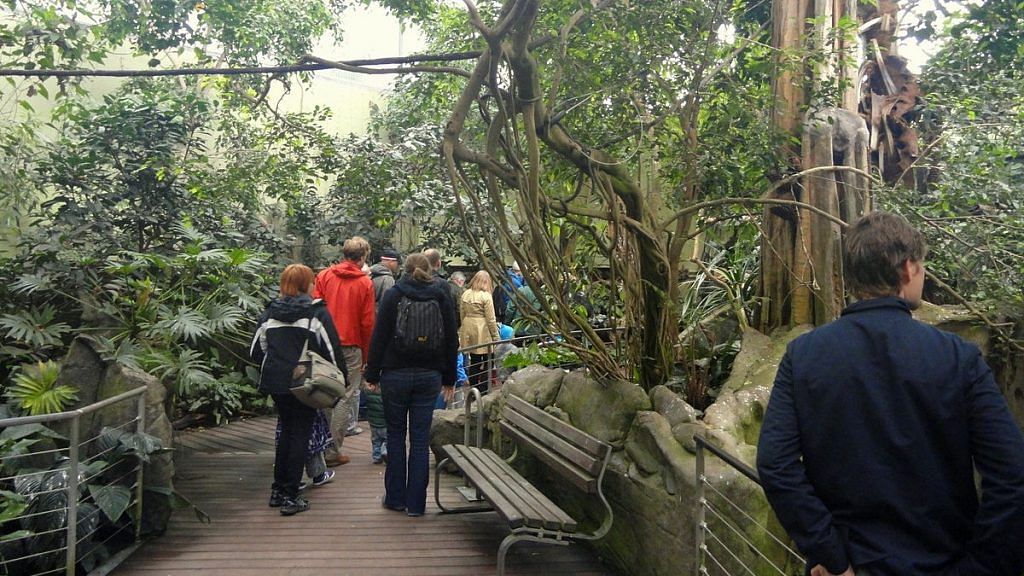Bengaluru: Sampling the air around animals can yield valuable genetic material that can identify ecological interaction between different species, besides recognising the animals, biologists from Europe and Canada found in two separate studies.
Detecting DNA through such techniques aid in more accurate understanding of animal populations and dynamics, and consequently help in navigating conservation targets and methodologies.
The experiments were performed by filtering air at different locations in two zoos — in Copenhagen and in the UK. The sampling detected DNA from a multitude of animals. These species were not just animals from the zoo, but also those that lived around the premises as well as dead meat in the feed for zoo animals. Such DNA is called environmental DNA or eDNA.
Detection of eDNA from the air is expected to transform wildlife monitoring and cataloging, especially for elusive animals whose behaviours have not been documented well.
The findings were published in two papers in the journal Current Biology this week. The papers were authored by two independent groups, who published their similar and mutually supportive findings together.
Advantages of eDNA sampling
Airborne eDNA sampling is a biomonitoring method that is rising in popularity among biologists and conservationists as it provides abundant information. Airborne eDNA capturing can aid after predator-prey interactions and predation events, i.e. when an animal eats another.
It can aid in tracking long-distance migratory birds and other birds’ flying patterns. It can also capture DNA from smaller animals including insects. Last year, a proof-of-concept study used airborne eDNA to monitor terrestrial insects.
As wildlife ecosystems become rapidly and extremely chaotic owing to the alarming effects of climate change, terrestrial biomonitoring techniques are expected to adapt and progress rapidly for accurate and timely monitoring.
Also read: Argentinian woman naturally cured of HIV, is second such patient
Result of the studies
At the Copenhagen Zoo, air was sampled at three locations — a stable, a closed rainforest enclosure, and outdoors between open enclosures. The sampling identified 49 vertebrate species, of which 30 were mammals, 13 were birds, 4 were fish of which three were used as feed. The two remaining were an amphibian and a reptile. The authors state that 6-17 species were detected per sample.
A sample from a boa that was kept inside a terrarium was also detected. DNA from guppies was also discovered despite the fishes being confined to aquatic environments in ponds inside the zoo premises. DNA of animals that weren’t in the zoo, such as crows and endangered hedgehogs, also showed up in the samples.
At the Hamerton Zoological Park in UK, 72 air samples were collected from 20 locations. 62 sequences were identified, many belonging to animals like cows, horses, pigs, and chicken, which made up animal feed in the locations they were sampled from. High concentrations of pig and chicken DNA were also found near lemur enclosures, which the researchers speculate is from people and equipment moving between enclosures. DNA of species belonging to the countryside and not from the zoo, such as squirrels and ducks, were also identified.
The range of species captured represented a wide variety in terms of size, behaviours, and individual numbers in the zoos. This showed that airborne eDNA capturing methods could monitor a large majority of animals in an area. In both the studies, the closer the animals came to the equipment, the more genetic material was captured.
(edited by Monami Gogoi)
Also read: Genetic origin of modern horse traced to 4,200 years ago in Russia, study shows
